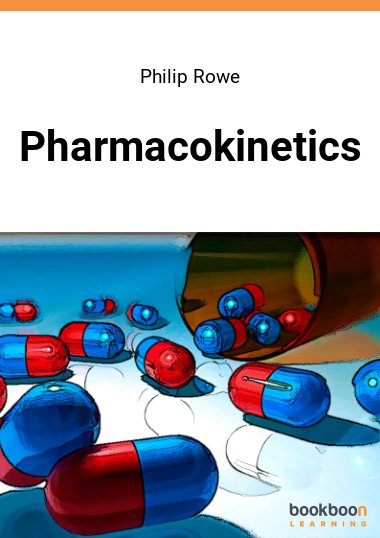All the basic concepts of pharmacokinetics (PKs) are described, with an emphasis on understanding what parameters such as bioavailability, volume of distribution and clearance tell us about the behaviour of a particular drug. The use of PKs in both a drug development and a clinical setting are covered. The essential mathematical basis of PKs is explained, but excessive mathematical complexity is avoided. For all key equations, practical examples of their use are provided. There are plenty of practice questions (along with model answers). Additional spreadsheets are provided online.

